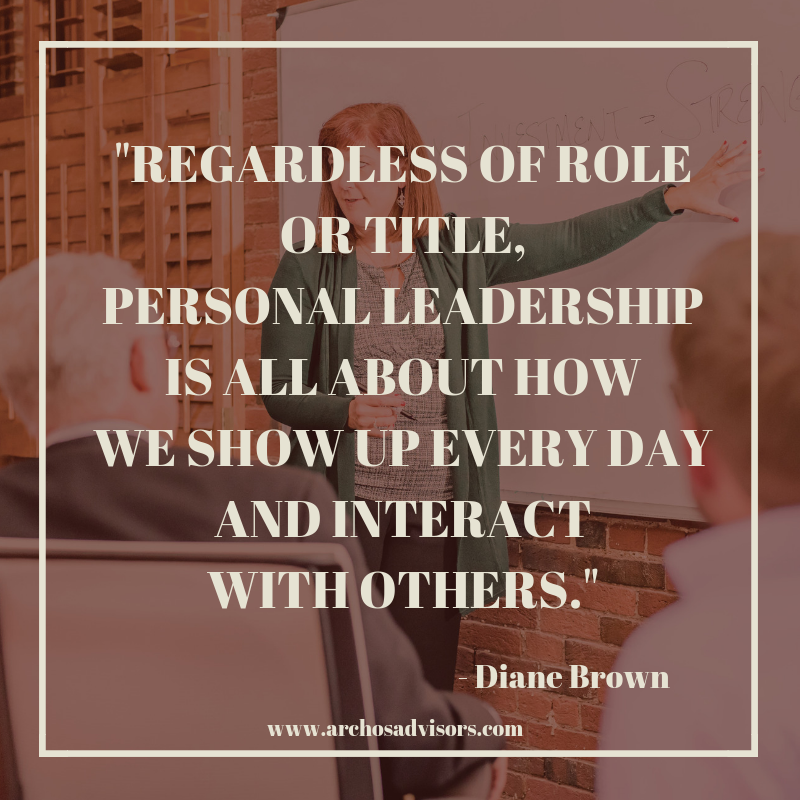
In our last blog post, we explored the Ladder of Inference and its impact at the organizational level. What we didn’t explore was how it impacts all of us in one-on-one situations. Consider this:
In a recent workshop exercise, we asked participants to interview one another in pairs. In this case, the interviewers were only allowed to ask questions and could not elaborate or add commentary of any kind. In the debrief, participants commented about how tough it was to not talk or jump in with their own points of view or examples.
Why was this difficult? The ladder of inference kicks in as soon as the conversation begins. It is a natural human response. We start thinking about a time when we did something similar, and we want to immediately share. We think of when we saw the other person doing what it is they are talking about, and we want to reinforce what we notice. We are puzzled by the information they are sharing, or maybe we even disagree with it, so we start to prepare our rebuttal. Regardless of what we are thinking, one thing is clear – we have stopped listening.
We may not do it intentionally, but if we have stopped listening, we have limited our effectiveness regardless of the situation or role we are in. To achieve the best results for the individual and for us, we need to listen with intent. To do that, we must be able to harness our own tendencies and use the Ladder of Inference as a tool for more intentional communication. But how?

- Become more aware of your own thinking and reasoning (i.e., personal biases that might creep in, areas where you are most vulnerable to making assumptions, etc.)
- Be more open and suspend judgment. Take in as much data as possible before forming assumptions or drawing conclusions. This may require you to intentionally pause and not offer insights or elaborate until you know you’ve heard or solicited all the facts.
- Lean into questions. Inquire about the thinking and reasoning of others to ensure you are inviting in additional information and fully understanding their perspective.
- Be transparent. Make your thinking and reasoning more visible to others. Help them know how you are formulating your point of view.
Regardless of role or title, personal leadership is all about how we show up every day and interact with others. It’s how we communicate with them, what we share with them, how we treat them, how we honor them, how we help them, how we support them, and yes, how effectively we LISTEN to them.
Thus, understanding and knowing how we draw inferences and being more attentive to our listening and communication is critical to becoming a more effective leader day to day.
